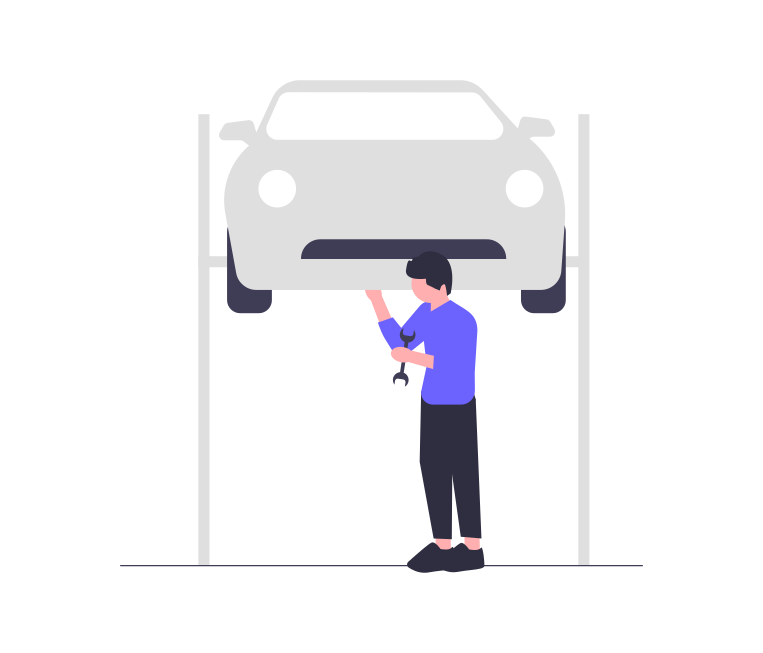The automotive industry is experiencing a significant shift, driven by advancements in technology and changes in consumer behavior. As competition intensifies, companies are turning to account-based marketing (ABM) to target high-value accounts more effectively. Personalization, a cornerstone of ABM, allows automotive marketers to deliver tailored experiences that resonate deeply with their audience. In this blog, we will explore the role of personalization in ABM and share best practices for leveraging it in the automotive industry.
Why Personalization Matters in ABM
Personalization in ABM involves customizing marketing efforts to address the specific needs and preferences of individual accounts. This approach is particularly beneficial in the automotive sector, where decision-making processes are complex and involve multiple stakeholders. Personalization helps in:
- Building Stronger Relationships: Tailored messages and offers demonstrate an understanding of the account's unique challenges and goals, fostering trust and loyalty.
- Improving Engagement: Personalized content is more likely to capture the attention of key decision-makers, leading to higher engagement rates.
- Driving Conversions: Customized experiences that address specific pain points and needs can significantly increase conversion rates.
Best Practices for Personalization in Automotive ABM
1. Segmentation and Targeting
Effective personalization starts with accurate segmentation. In the automotive industry, this could involve categorizing accounts based on factors such as:
- Company Size and Revenue: Large corporations might have different needs and purchasing behaviors compared to small and medium-sized enterprises.
- Geographic Location: Local regulations, market conditions, and consumer preferences can vary significantly by region.
- Industry Sub-Sectors: Different automotive sectors (e.g., OEMs, suppliers, dealerships) may have distinct challenges and goals.
By segmenting your audience accurately, you can tailor your messaging and offers to meet the specific needs of each group.
2. Data-Driven Insights
Leverage data to gain a deeper understanding of your target accounts. This includes:
- Behavioral Data: Track interactions with your website, emails, and other touchpoints to understand what content and offers resonate most.
- Firmographic Data: Gather information about the company's size, industry, location, and other relevant attributes.
- Intent Data: Identify signals that indicate an account's readiness to purchase, such as recent searches, content downloads, and event attendance.
Using these insights, you can craft highly relevant and timely messages that address the specific needs and pain points of each account.
3. Customized Content and Messaging
Create personalized content that speaks directly to the interests and challenges of your target accounts. This can include:
- Case Studies and Testimonials: Highlight success stories from similar companies within the automotive industry.
- Whitepapers and Ebooks: Provide in-depth information on industry trends, challenges, and solutions tailored to specific segments.
- Personalized Emails: Use dynamic content to deliver tailored messages based on the recipient's behavior and preferences.
Customized content demonstrates your expertise and commitment to helping your target accounts succeed.
4. Multi-Channel Personalization
Reach your audience through multiple channels to ensure your message is seen and heard. Key channels for automotive ABM include:
- Email Marketing: Deliver personalized content directly to decision-makers' inboxes.
- Social Media: Use targeted ads and personalized messages to engage with accounts on platforms like LinkedIn.
- Website Personalization: Tailor website content and offers based on the visitor's profile and behavior.
- Direct Mail: Send personalized physical mailers or gifts to high-value accounts to make a lasting impression.
A multi-channel approach ensures that your personalized messages reach your audience wherever they are.
5. Continuous Optimization
Personalization in ABM is an ongoing process. Continuously monitor and analyze the performance of your campaigns to identify what works and what doesn't. Use A/B testing to experiment with different messages, offers, and channels, and refine your approach based on the results.
Conclusion
Personalization is a powerful tool in the arsenal of automotive marketers looking to excel in ABM. By understanding the unique needs of your target accounts and delivering tailored experiences across multiple channels, you can build stronger relationships, drive engagement, and increase conversions. As the automotive industry continues to evolve, staying ahead of the curve with personalized ABM strategies will be crucial for success.


